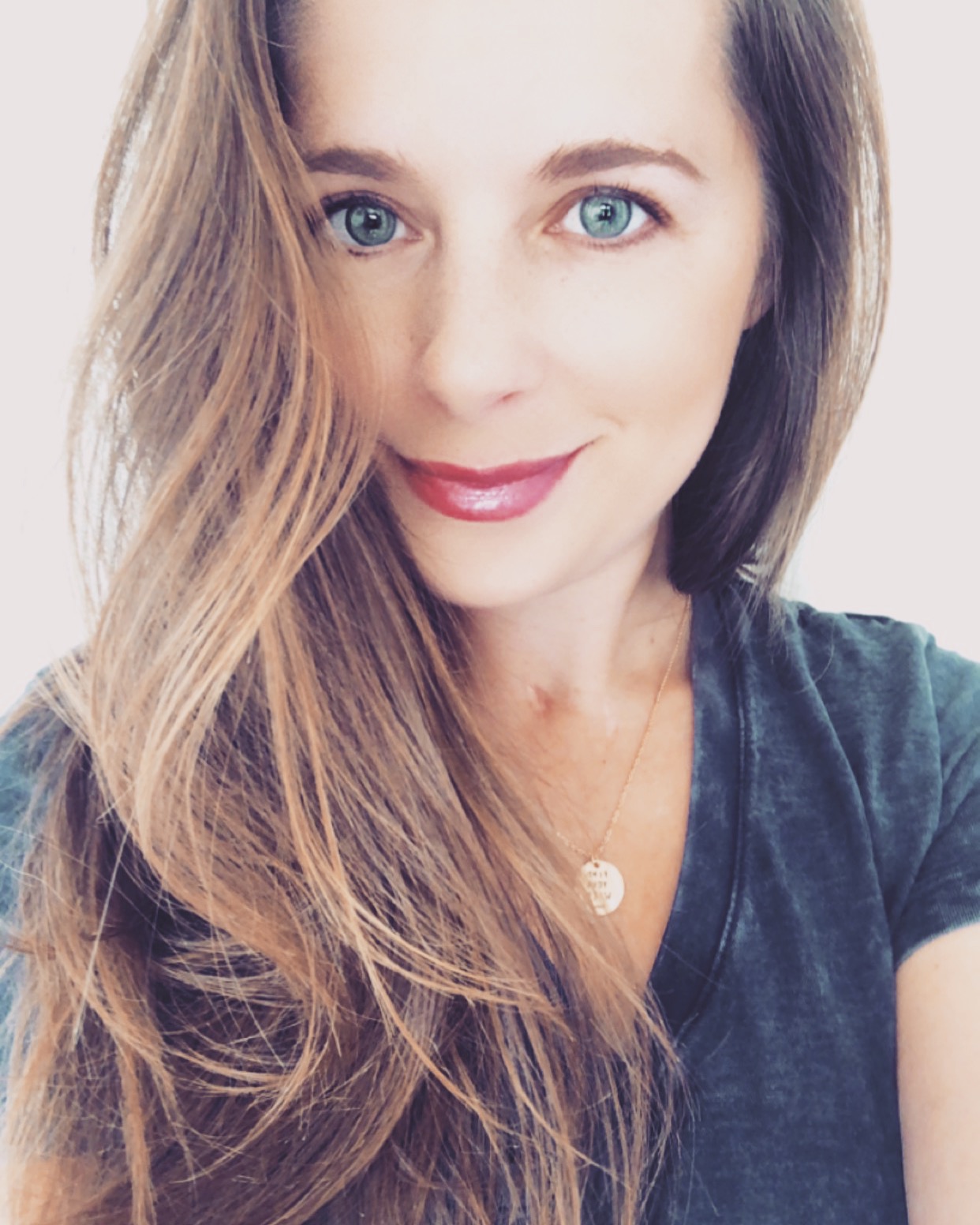Author Spotlight: Betsy Cornwell talks The Forest Queen
- Megan LaCroix

- Aug 17, 2018
- 4 min read

I'm thrilled to welcome Betsy Cornwell to the blog today! Betsy is a New York Times bestselling author living in west Ireland. She is the story editor and a contributing writer at Parabola, and her short-form writing includes fiction, nonfiction, and literary translation and has appeared in Fairy Tale Review, Zahir Tales, Luna Luna, and elsewhere. And as if that weren't impresive enough, she holds an M.F.A. in creative writing from the University of Notre Dame and a B.A. from Smith College. And she's here to talk about her gender bent Robin Hood retelling, THE FOREST QUEEN, which released from Clarion Books on August 7th!
And now, here's my chat with Betsy!
Hi, Betsy! Welcome and congrats on the release of The Forest Queen. Can you tell us a little about the story and what inspired you to write it?
Thank you! The Forest Queen is a retelling of the Robin Hood legends, and all the main characters are women. In addition to the teen girl version of the prince of thieves, there’s a Little Jane, a midwife named Mae Tuck, and a troubadour called Alana Dale - and lots of other merry women. I first started thinking about a girl Robin Hood while I was writing my Cinderella retelling, Mechanica. “The Forest Queen” is a legend that my Cinderella character tells herself a lot during the course of her book.
In The Forest Queen Sylvie feels powerless to stop the abuse of the local commoners, which feels so pertinent right now. What do you hope readers will glean from Sylvie’s fight for justice?
Silvie comes into her power gradually, and I think the key moments for her are always when she asks herself if she’s doing all she can. She takes steps, sometimes slowly, into the activism (and eventual full-on rebellion) that she achieves as the Forest Queen. I hope that readers who want to make a difference in their own communities will feel that they can take their own steps, too, even if they feel small at first - and that they’ll always keep thinking critically about the abuses they see and their own methods of confronting them.

You have a knack for cinematic descriptions. What’s your advice for using descriptions to enhance tone and mood in a manuscript?
I always have my writing students start each class with sensory detail exercises: writing down what you notice around you, using all five senses. Including more than just sight and sound in a description makes it so much more immersive, and I think that’s one of the major assets books have that movies and TV don’t. Try to place yourself inside a scene as you write, too, and look all around you and up and down: the most interesting or beautiful details might be things that aren’t right in the middle of the action.
I’m a firm believer in the idea that every story teaches the writer something new, so what did writing The Forest Queen teach you?
The Forest Queen has the most conventional romance subplot of any book I’ve written so far - and I know that isn’t saying much, because my first three books are pretty romance-light. However, I had fun cutting my teeth on the more swoony side of storytelling, and I think I learned a lot about building romantic connections that will hopefully show through in my next book, The Circus Rose, which features tons of romance.
What part of the writing process do you find most challenging and how do you tackle it?
The first draft is definitely the hardest part for me. I doubt myself so much and I always think I’m writing a terrible book. I try to get through the first draft as quickly as possible so that I can put it away and get some breathing space before I come back and start editing (a part of the process I enjoy much more).
What’s your #1 tip when it comes to plotting a retelling?
I actually started writing retellings because I felt plotting was my weakest point as a writer. I figured that fairy tales would make great training wheels, since their plots have been compelling to readers and listeners for centuries. My advice is to use your source tale for everything it’s got, but don’t be afraid to use it a bit roughly: keep everything you think is worthwhile, and change or toss anything you don’t want. Respect your source, but don’t treat it like a sacred text!
What are you reading, watching, or otherwise currently infatuated with?
I just read Helen Dunmore’s Ingo Chronicles, and they’re so lovely and drenched in atmosphere. I’m also always obsessed with Lynda Barry’s books on writing and teaching, What It Is and Syllabus.
And finally, what’s the most important lesson you’ve learned so far in your publishing career?
You have to write to your own taste. If you try to make what someone else thinks you should be making, or what seems popular, it will just come out false and flat. Write the books that you want to see in the world, and you’ll be proud of them no matter what.

Many thanks go out to Betsy for taking the time to tell us more about THE FOREST QUEEN, plotting a retelling, and her tips for crafting cinematic descriptions. Add Betsy's gender bent Robin Hood retelling to your Goodreads list, or (better yet!) order your copy RIGHT NOW from retail sites such as Amazon, and Barnes & Noble. Or you can always request it at your library, or local independent bookstore!
For more info, follow Betsy on Twitter, and visit her author website at betsycornwell.com.
And, as always,




.png)








































Comments